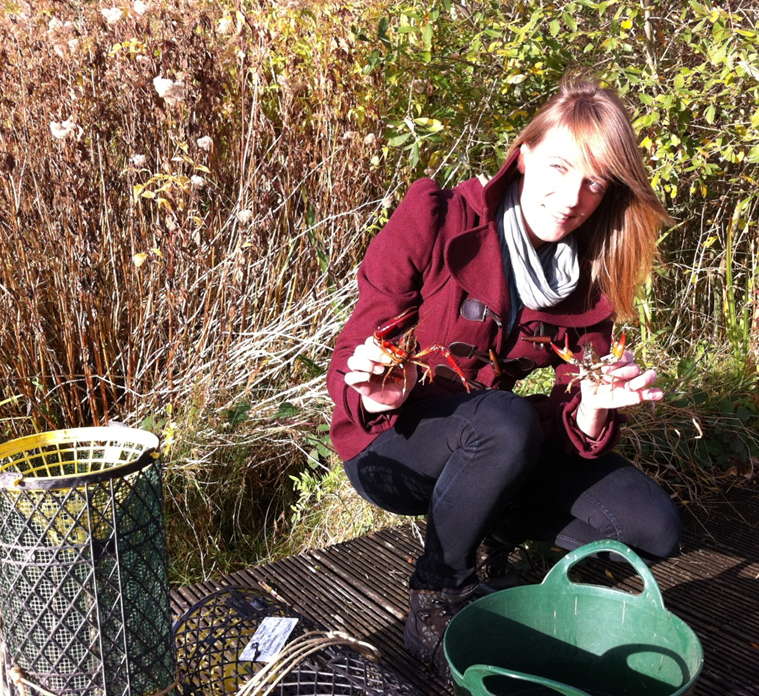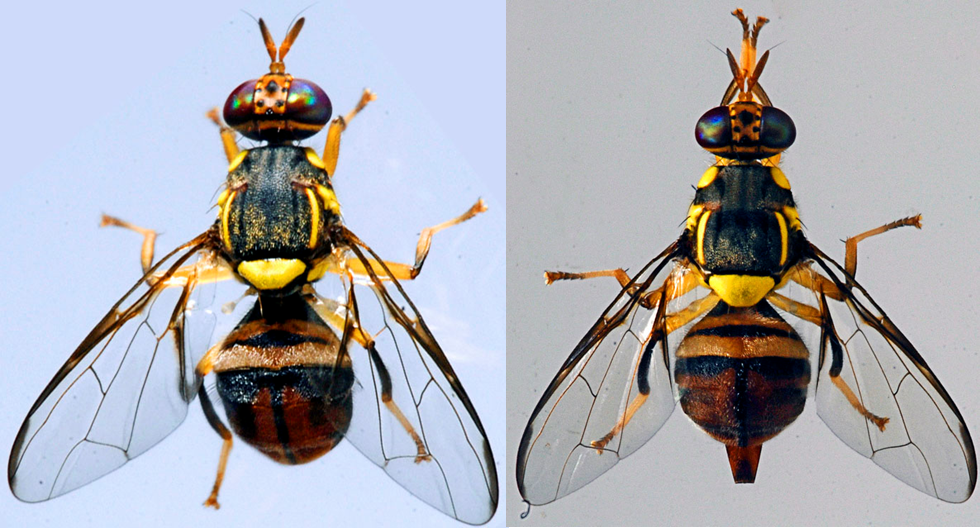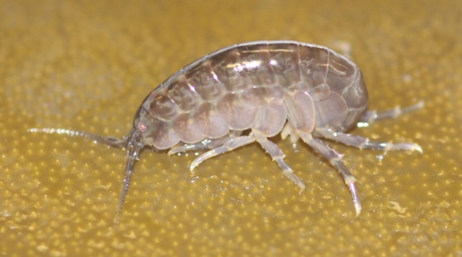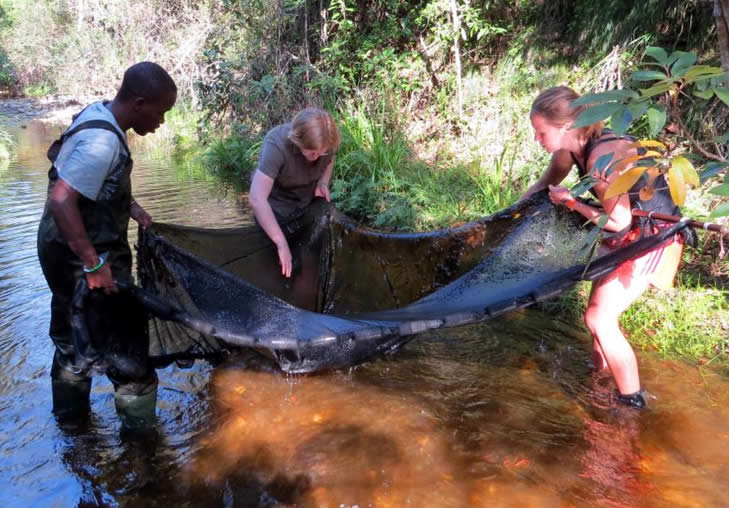Global initiative guide regulations to reduce alien species in Antarctica
Recently published C·I·B research conducted in association with the International Polar Year ‘Aliens in Antarctica’ project has measured the propagule load carried in the clothing and gear of researchers and visitors to the Antarctic region.





